Vintage cars hold a special place in the hearts of enthusiasts, not only for their aesthetic appeal but also for their historical significance. However, maintaining these classic vehicles requires attention and care, especially when it comes to preventing rust. Rust can cause significant damage over time, compromising both functionality and beauty. By implementing effective rust prevention strategies, vintage car owners can ensure the longevity and preservation of their prized possessions.
Understanding Rust and Its Causes
Rust is a form of iron oxide that occurs when iron or steel reacts with oxygen and moisture, leading to a process known as oxidation. This chemical reaction is accelerated by environmental factors such as humidity, salt, and pollutants. For instance, a 1965 Ford Mustang parked near the ocean is more susceptible to rust due to the salty air. Understanding the conditions that promote rust formation is crucial for taking preventive measures.
In vintage cars, certain areas are more prone to rust than others. Common spots include the wheel wells, undercarriage, and areas where water can collect, such as around windows and door frames. The 1957 Chevrolet Bel Air, for example, often experiences rust around the tailfins and lower door panels. The design and materials used in older vehicles can make these areas particularly vulnerable, necessitating regular checks and maintenance.
Preventative Maintenance Techniques
Regular cleaning and inspection are vital components of rust prevention. Washing your vintage car, such as a 1970 Dodge Charger, at least once a month can remove dirt, salt, and other contaminants that promote rust. During cleaning, it’s essential to inspect the car for early signs of rust, such as bubbling paint or small rust spots. Addressing these issues promptly can prevent more severe damage.
Protective coatings and treatments also play a significant role in rust prevention. Using rust inhibitors, such as WD-40 Specialist Long-Term Corrosion Inhibitor, can provide a protective barrier against moisture. Additionally, applying waxes and sealants can protect the car’s paint and metal surfaces. For example, a 1969 Jaguar E-Type benefits from regular waxing to maintain its iconic finish and prevent rust development.
Environmental Control and Storage Solutions
Controlling the environment where a vintage car is stored is a crucial aspect of rust prevention. Ideally, vintage cars like the 1963 Aston Martin DB5 should be stored in a climate-controlled garage where humidity and temperature are regulated. High humidity levels can accelerate rust formation, so it’s important to keep the storage area dry and well-ventilated.
When indoor storage is not an option, choosing the right car cover is essential. Covers should be breathable and water-resistant to prevent moisture buildup. For outdoor storage, a 1959 Cadillac Eldorado would benefit from a high-quality car shelter that protects against rain, snow, and UV rays. Indoor storage is always preferable, but when that’s not feasible, investing in a reliable outdoor shelter can significantly reduce rust risk.
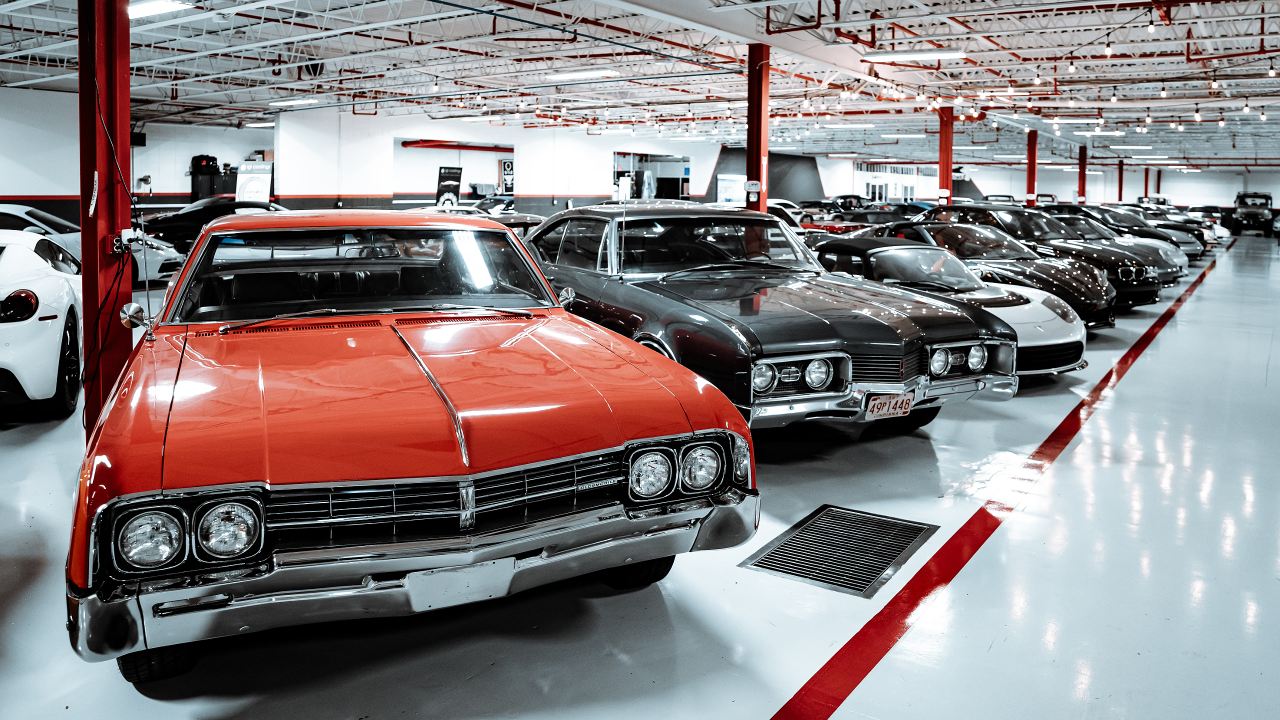
Repair and Restoration Strategies
Addressing rust damage early is crucial to maintaining the integrity of a vintage car. For minor rust spots on a 1971 Volkswagen Beetle, using sandpaper or a wire brush followed by a rust converter can be effective. However, more extensive rust damage may require professional restoration services. Experienced restorers can assess the damage and recommend appropriate solutions to preserve the car’s value.
Long-term restoration planning involves creating a comprehensive timeline and budget for addressing rust issues. Balancing authenticity with modern protective measures is key, especially for rare models like the 1936 Bugatti Type 57. While maintaining original parts is important, integrating contemporary techniques and materials can enhance durability and rust resistance. Consistent monitoring and maintenance should be part of any restoration plan to ensure the car remains rust-free.
Expert Advice and Resources
Consulting with vintage car specialists can provide valuable insights into rust prevention. Reputable experts, such as those at Hemmings or Classic Car Restorations, offer advice and services tailored to specific car models and conditions. Engaging with a community of enthusiasts can also be a rich source of knowledge and support. Online forums and local car clubs often share tips and experiences that can be invaluable.
Educational resources and workshops are available for those looking to deepen their understanding of rust prevention. Books like “How to Restore Your Collector Car” by Tom Brownell and online courses from platforms like Udemy offer practical guidance. Attending workshops or seminars can keep vintage car owners informed about the latest rust prevention technologies and techniques, ensuring their vehicles remain in pristine condition for years to come.
Like Fast Lane Only’s content? Be sure to follow us.
Here’s more from us:
*Created with AI assistance and editor review.

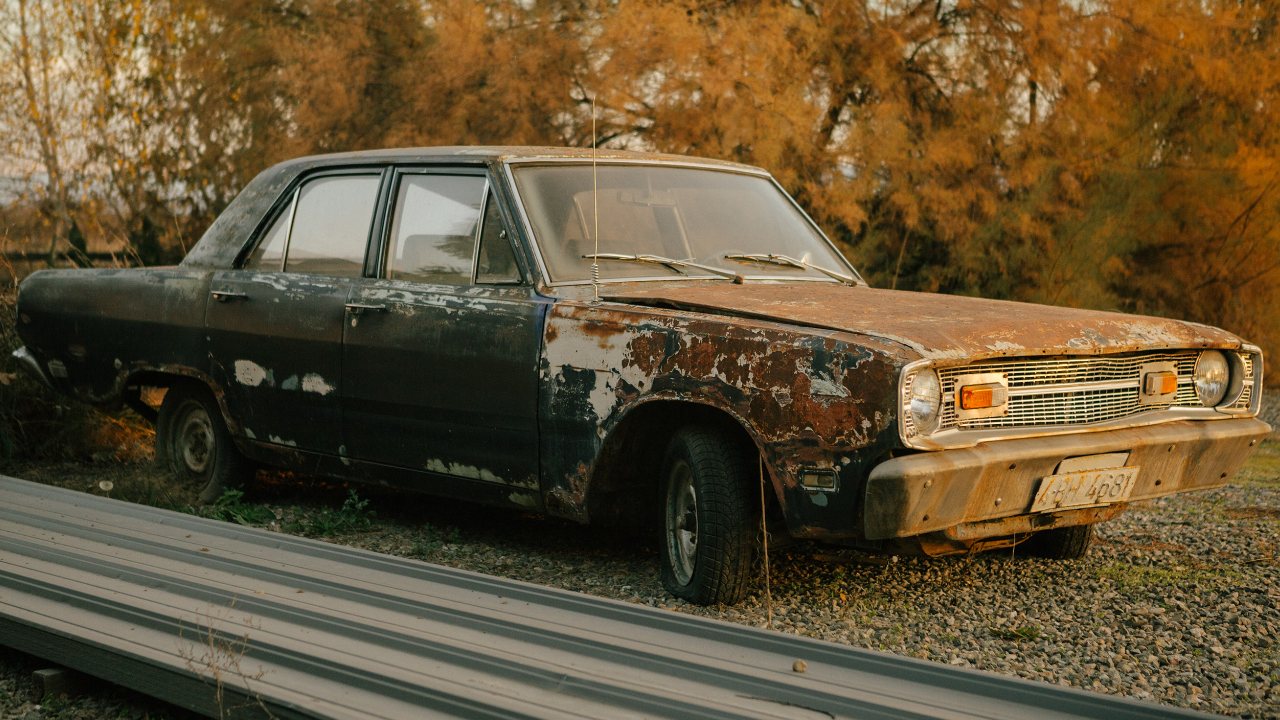

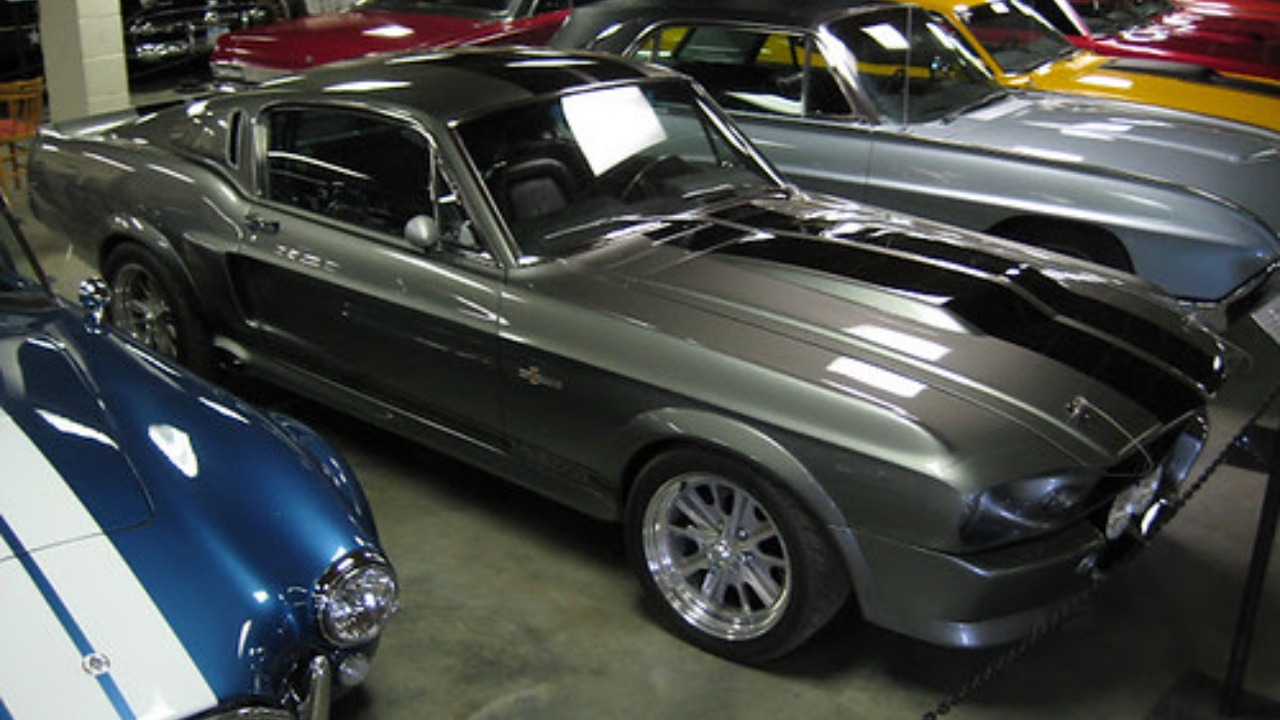

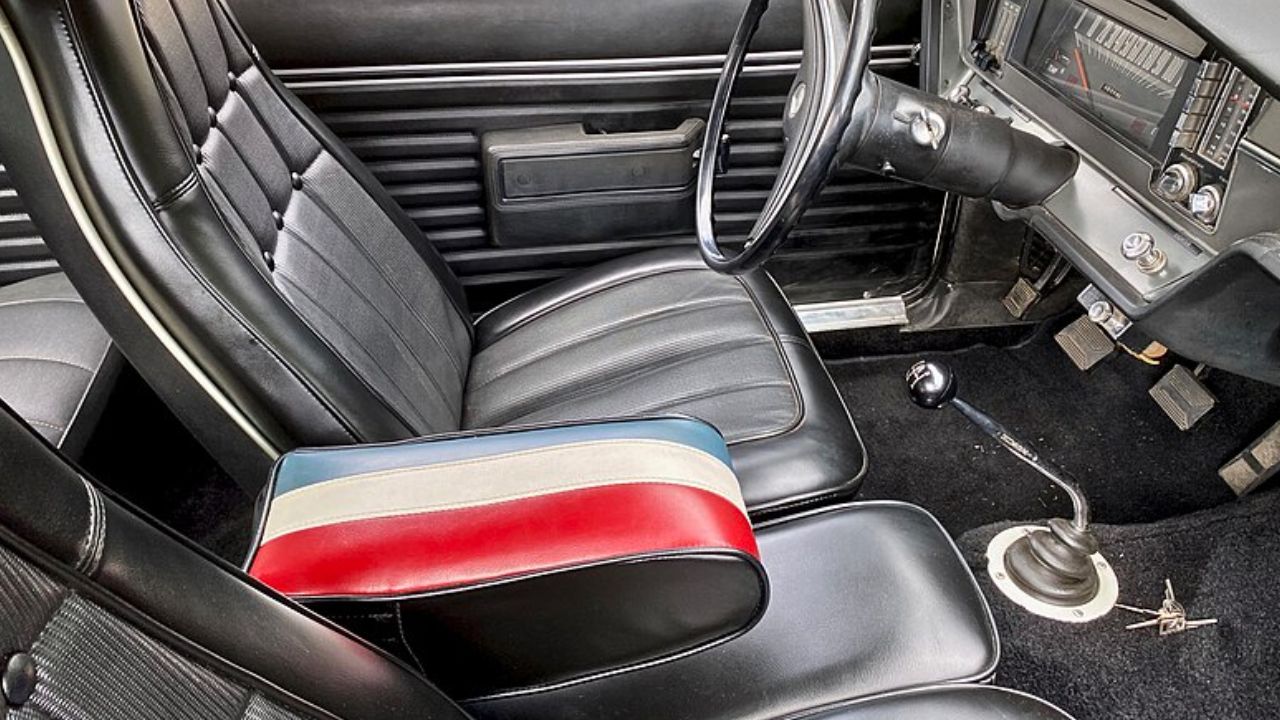
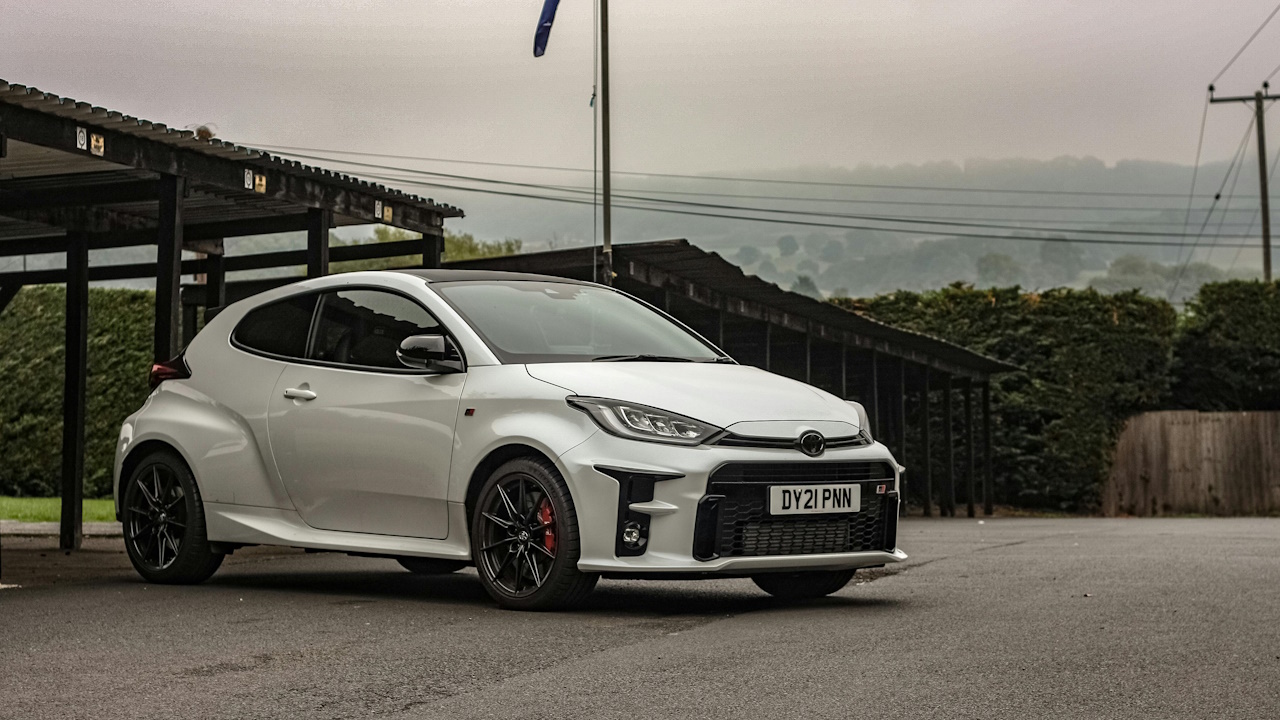
Leave a Reply